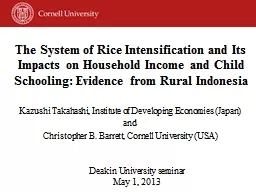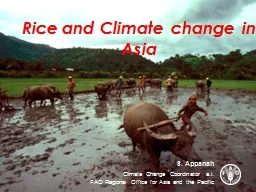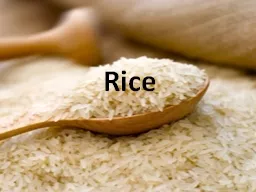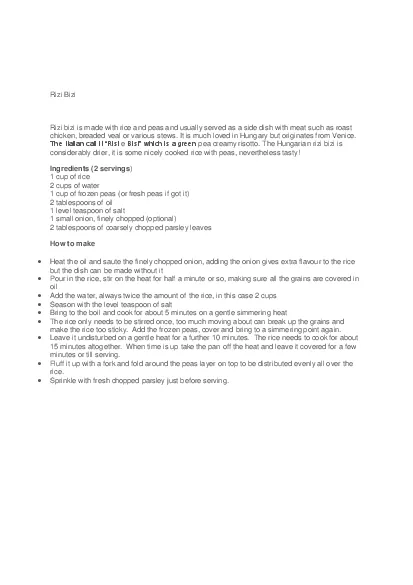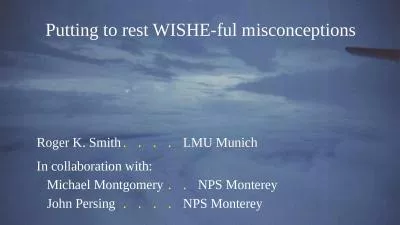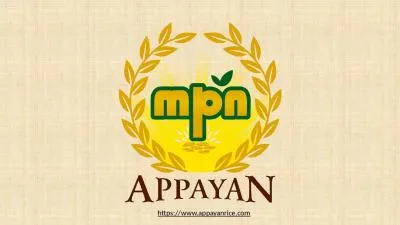PPT-The System of Rice Intensification and Its Impacts on House
Author : briana-ranney | Published Date : 2015-09-27
Kazushi Takahashi Institute of Developing Economies Japan and Christopher B Barrett Cornell University USA Deakin University seminar May 1 2013 Motivation
Presentation Embed Code
Download Presentation
Download Presentation The PPT/PDF document "The System of Rice Intensification and I..." is the property of its rightful owner. Permission is granted to download and print the materials on this website for personal, non-commercial use only, and to display it on your personal computer provided you do not modify the materials and that you retain all copyright notices contained in the materials. By downloading content from our website, you accept the terms of this agreement.
The System of Rice Intensification and Its Impacts on House: Transcript
Download Rules Of Document
"The System of Rice Intensification and Its Impacts on House"The content belongs to its owner. You may download and print it for personal use, without modification, and keep all copyright notices. By downloading, you agree to these terms.
Related Documents

